You’ve likely seen baseboards in many houses but haven’t given them much attention. Baseboards are very low-key interior design elements, in that they are subtle addition. That little trim at the bottom of the wall where it meets with the floor is called a baseboard.
Baseboards serve both a stylistic and practical purpose within interior designs. While you don’t have to include them in your interior design, they provide a set of benefits that you may miss out on. Luckily thanks to how long baseboards have been an interior design feature, there are a lot of options out there for you to try, both in terms of material and design. By picking the one that speaks to you and echoes the motifs of the rest of your interior, you can create a more wholesome atmosphere.
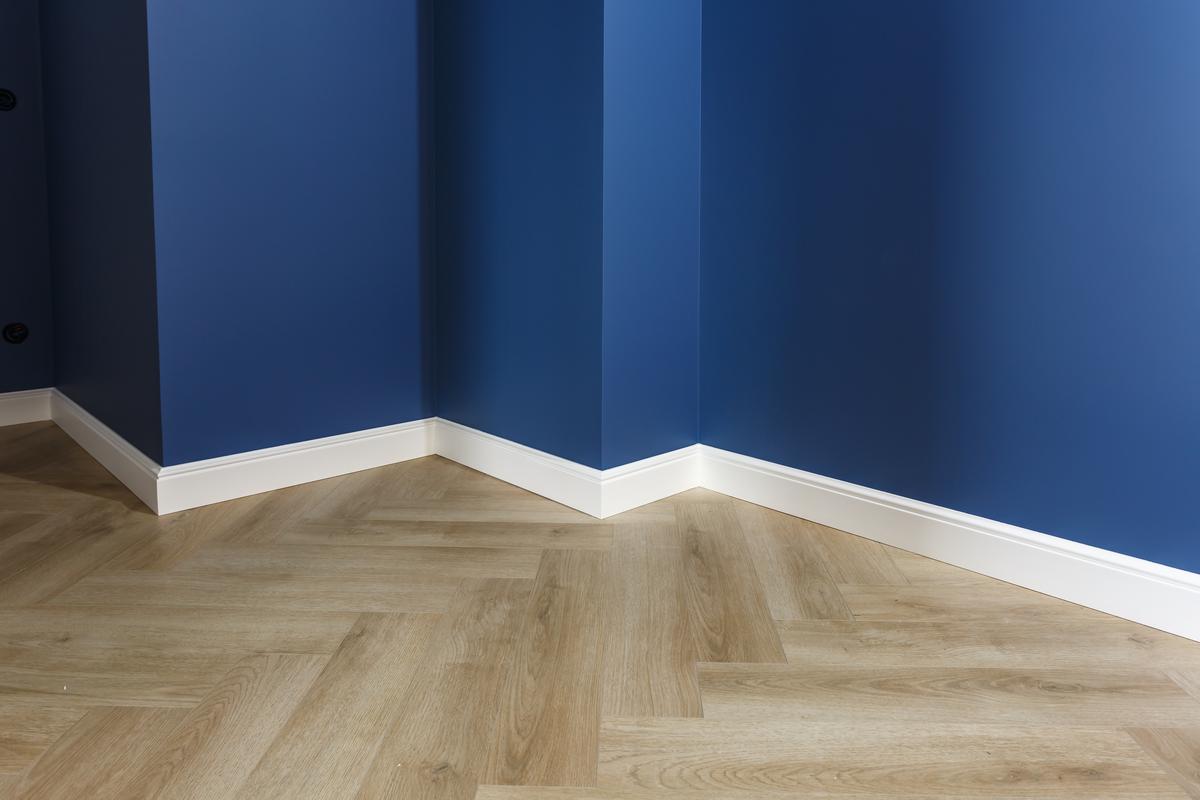
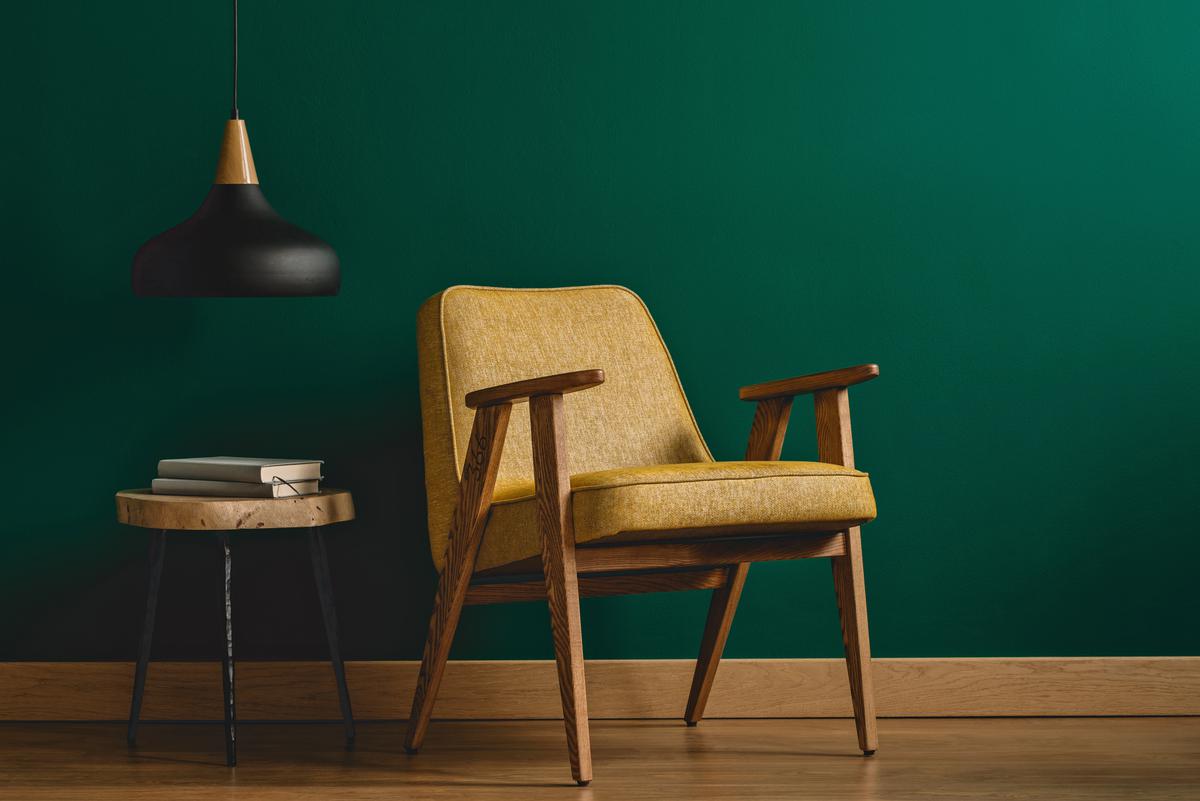
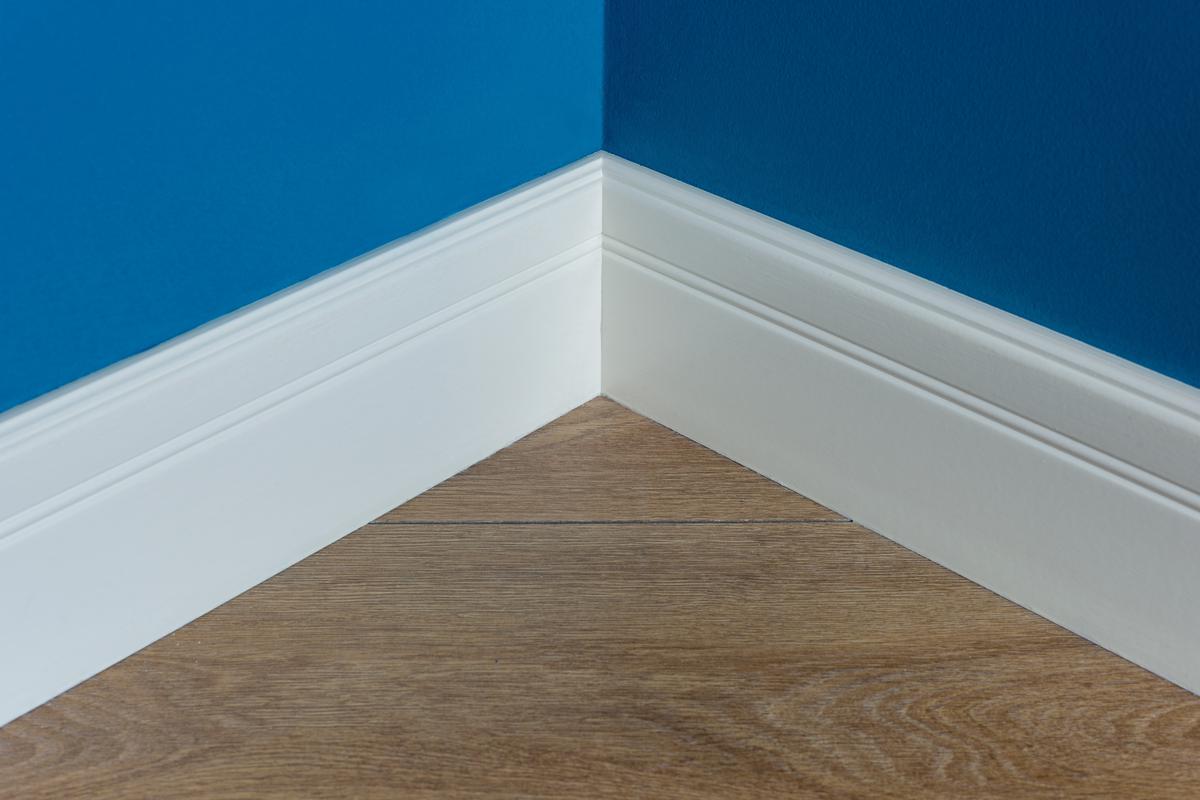
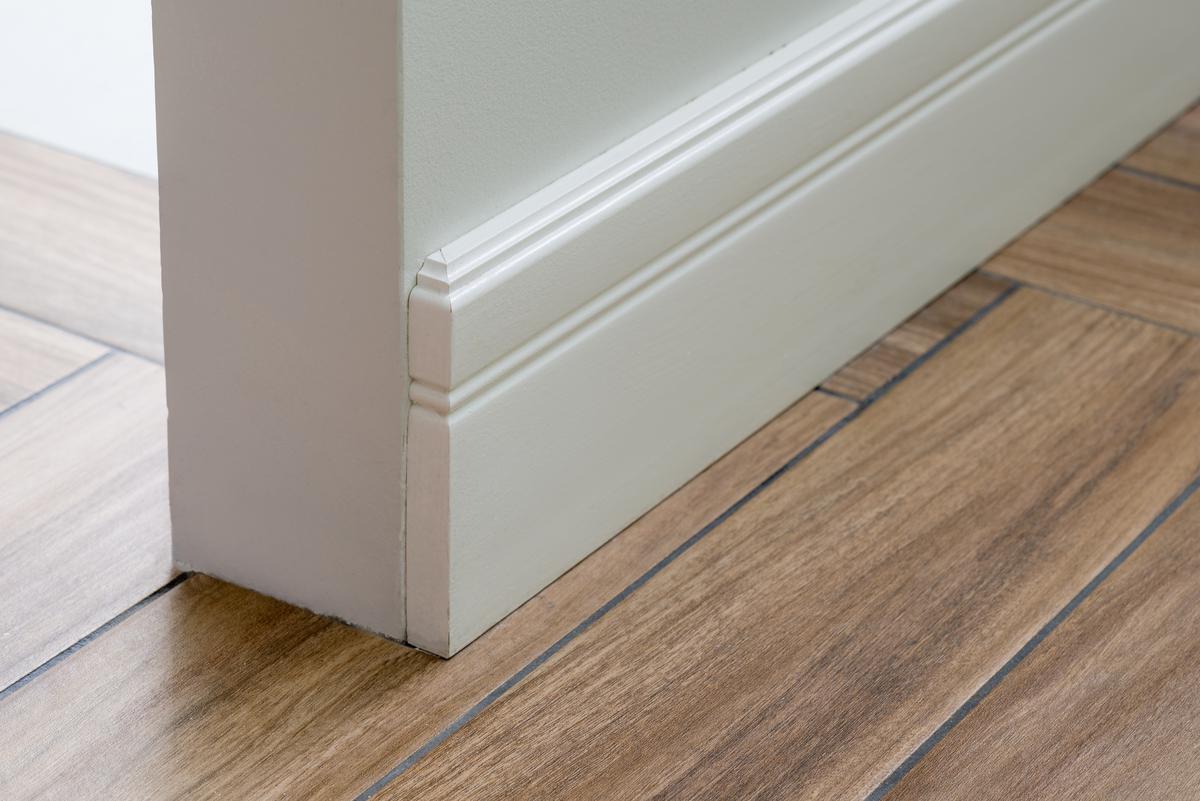
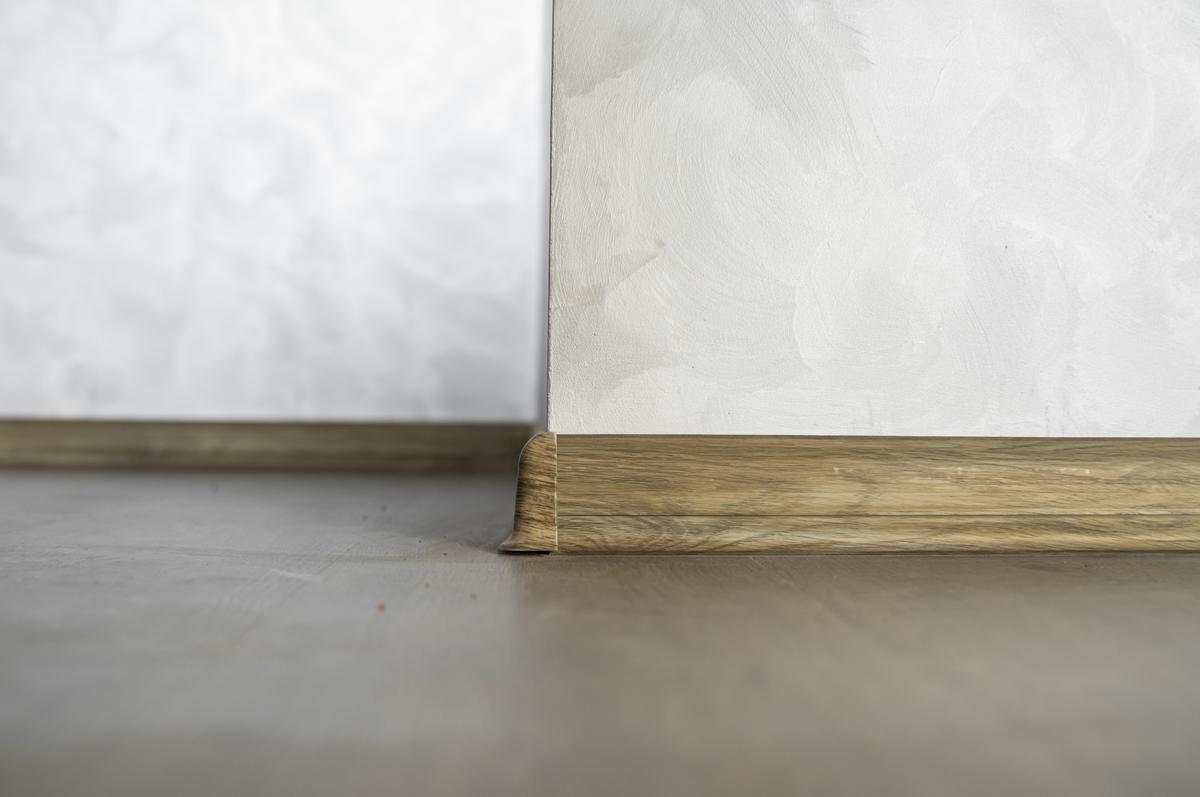
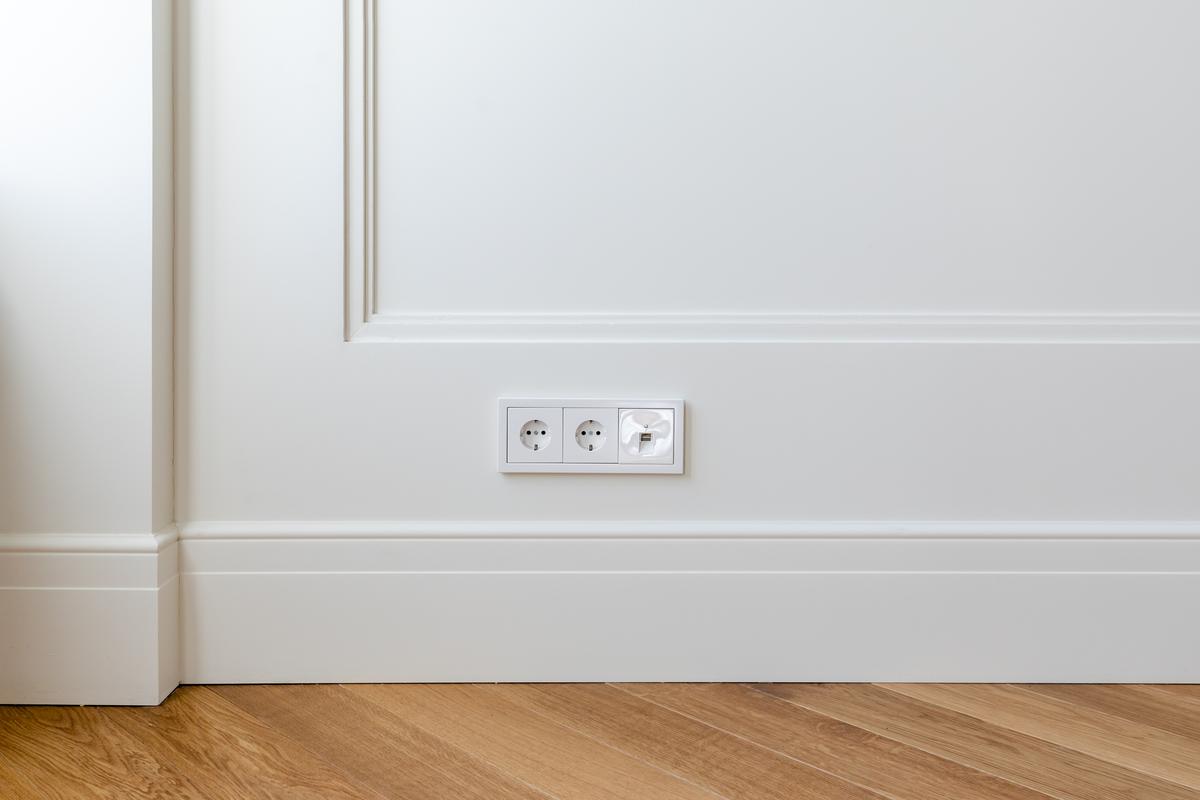
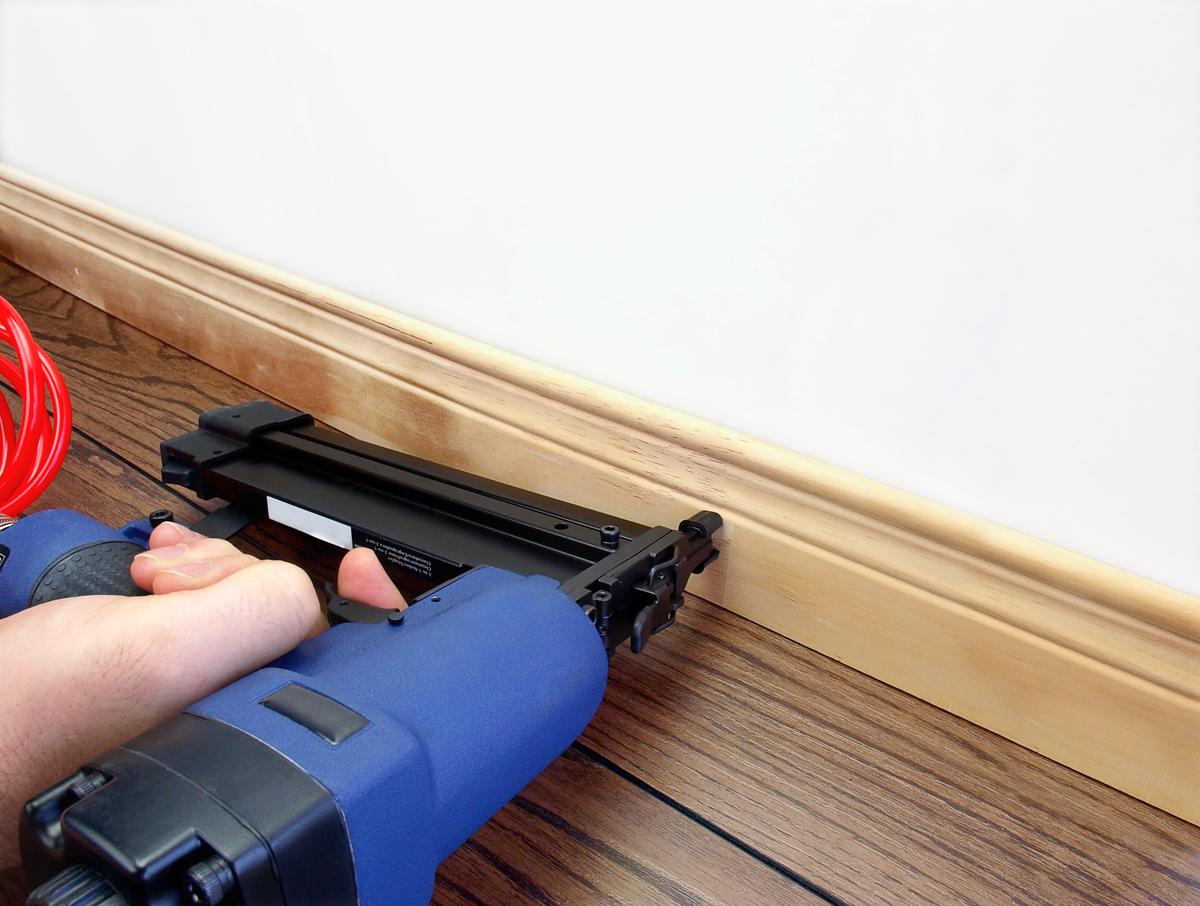
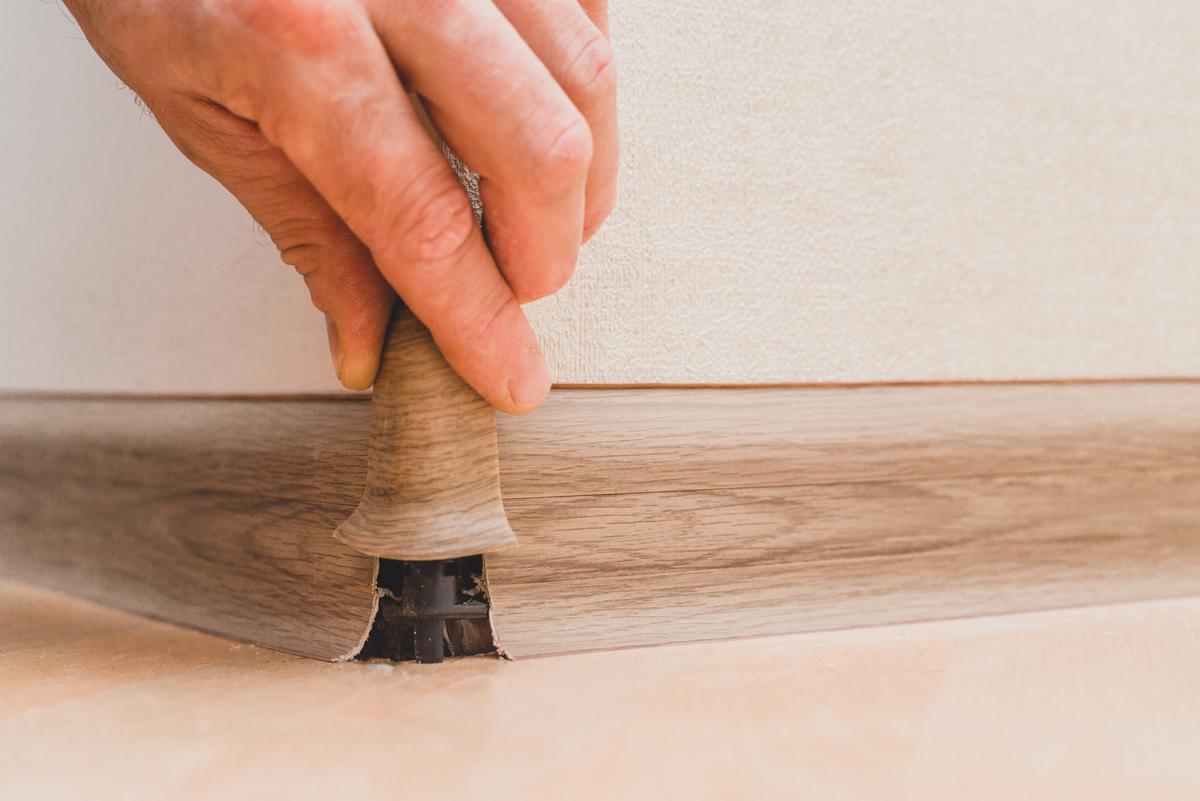


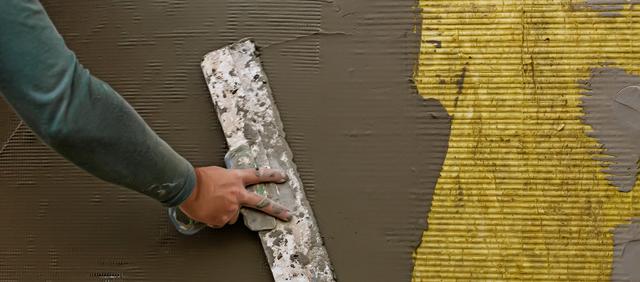
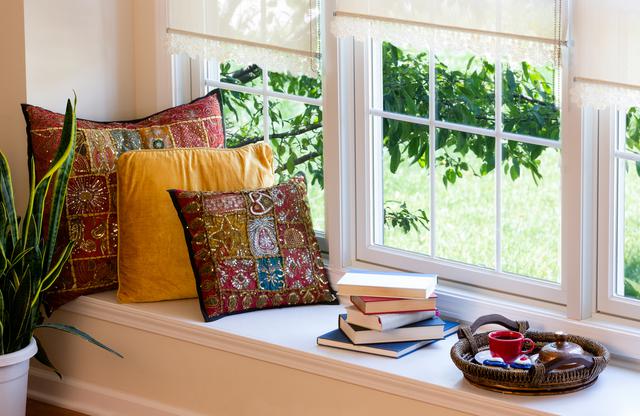

comments